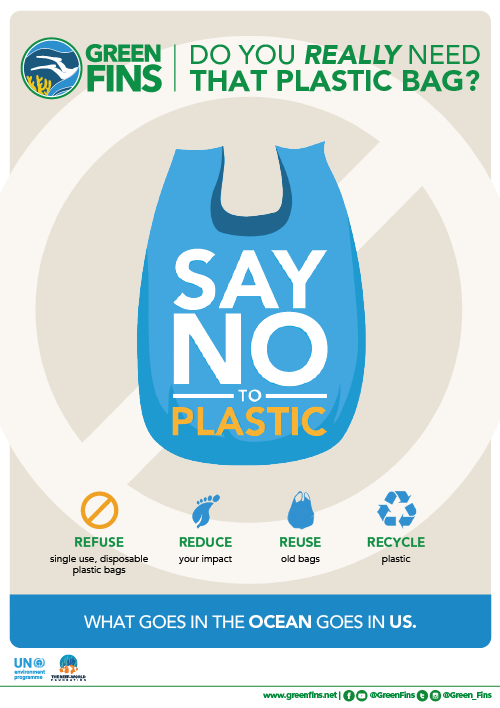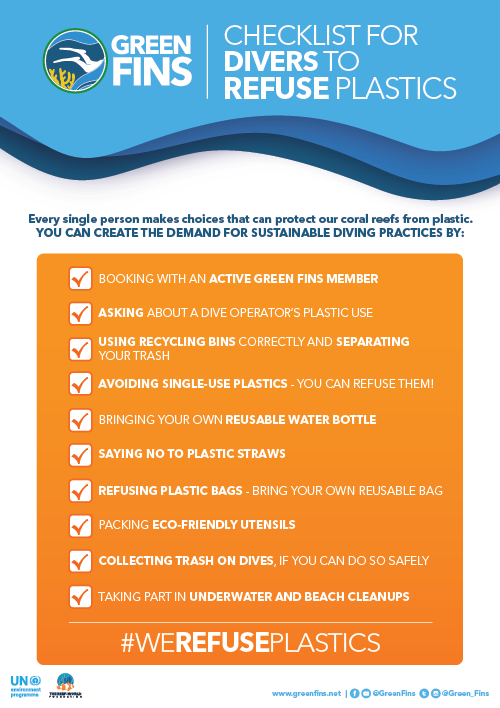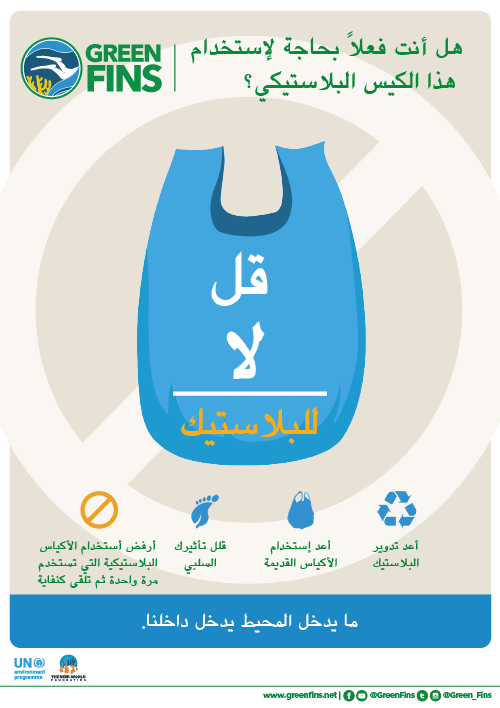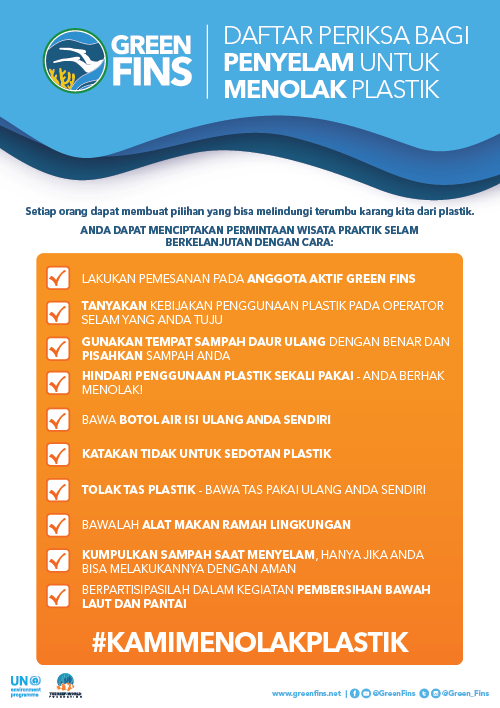In March 2019, the UN Environment launched three reports each addressing plastic pollution on the world’s oceans. We already know plastic is a huge problem for our oceans. But how much of a threat does plastic pollution pose? Read on for some shocking facts about ocean plastics…
60-80% of marine debris is plastic
According to the UN’s data, between 60-80 percent of marine debris is made up of ocean plastics. What’s more, it’s affecting more than 800 marine species.
“Marine plastic litter pollution is already affecting more than 800 marine species through ingestion, entanglement and habitat change,” says head of UN Environment’s coral reef unit, Jerker Tamelander. “Waste continues to leak from land, and coral reefs are on the receiving end. They also trap a lot of fishing gear as well as plastic lost from aquaculture. With the impacts of climate change on coral reef ecosystems already significant, the additional threat of plastics must be taken seriously.”
Sea turtles and plastic
The report continues to explain that all seven species of sea turtle have been impacted by plastic. In addition, 66% of marine mammals and half of seabirds have been affected. And it’s getting worse. Over the past 20 years, the instances of plastic ingestion and entanglement have increased by 49%.
Millions of tonnes of ocean plasticsare entering our seas
The UN’s data shows that, in 2010, 192 countries generated approximately 275 million metric tonnes of plastic waste. Of that, somewhere between 4.8 and 12.7 million metric tonnes entered the ocean.

By 2025 there will be 15.7 billion plastic items in the Asia-Pacific
The UN report also highlights that, in 2010, an estimated 11.1 billion plastic items were present in the shallow water reef environments of the Asia-Pacific region alone. This is likely to increase to over 15.7 billion by 2025.
Ghost gear is likely to be one of the most significant threats to marine ecosystems
Abandoned fishing nets and equipment lost at sea – also known as “ghost gear” – is one of the most significant threats to marine ecosystems.
Over 46% of plastics found in the ‘floating garbage patches’ (or gyres),” says the UN, “are made up of this plastic type.”
Nearly half of all plastics created have been made since 2000
Another report, Guidelines for the monitoring and assessment of plastic litter and microplastics in the ocean, explains that, while people have been developing plastics since the end of the 19th century, production has boomed since the 1950s. Nearly half of all plastics created have been made since 2000.
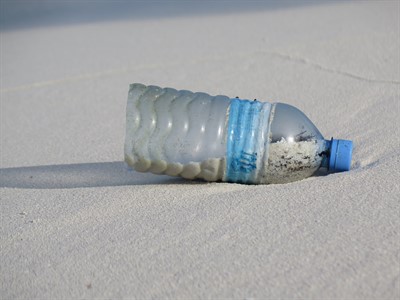
Plastics break down… but they don’t go away
The problem with plastics is that they last for so long. The report mentioned above explains that “most conventional plastics” will stay in the marine environment for “a considerable time.” UV radiation does cause plastics to fragment. Yet, if they “are deposited on the seafloor or buried in sediments then they are likely to remain intact indefinitely.”
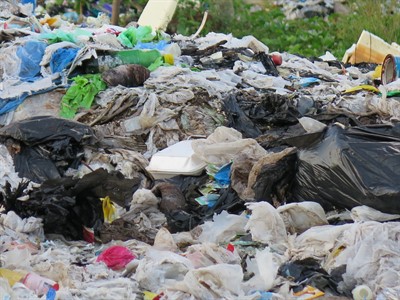
There are even plastics in the deepest parts of the ocean
The Mariana Trench is the deepest natural trench on the planet at 10,994 metres deep. Shockingly, a recent expedition to the Mariana Trench found evidence of plastic pollution. Even here, at the extreme depths of the ocean, explorers found plastic bags and sweet wrappers.
But there’s still hope…
While these facts may be shocking (and a little depressing), they’re a reminder that we can all make changes that help protect coral reefs from plastics.
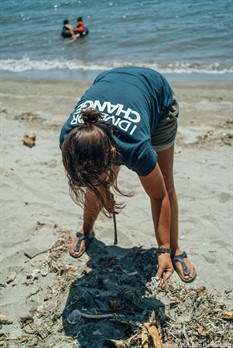
Whether you’re a dive operator or an individual diver, Green Fins has posters that you can download and display for free. They’re a great reminder of all the things you can do to reduce your use of single-use plastics as well as a way to raise awareness.

